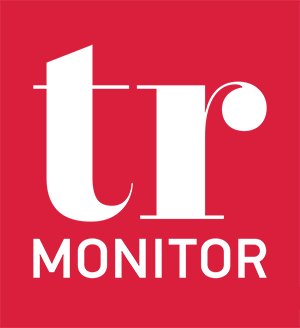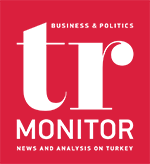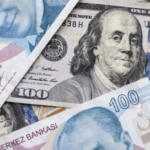BY FATIH OZATAY
Let’s look at where the ‘liraization’ has brought us: A high burden came from the FX-protected TRY deposit accounts (KKM) to the Treasury and the Central Bank (CB). Its cost to the Treasury was TRY 92.5bn in 2022. Based on the Annual Report of the CB, Hakan Kara calculated that it costed nearly TRY 89bn for the bank in 2022. Thus, the cost totaled TRY 181.5bn to the public sector in 2022. Some said the FX rates would sharply jump and the cost would be higher if KKM wasn’t introduced. Why would the FX rate jump? What was done about this? Of course, who will think about the answers to these questions nowadays? There is no need to think much. It was obvious what happened in the last months of 2021. It just needed to be remembered a little.
Let’s ask another question. What do the decline in FX deposits and hike in KKM have to do with liraization? Or let’s generalize the question. Do the disadvantages of borrowing in FX disappear when the return on debt is indexed to the FX rate? Do we become ‘liraized’ by being freed from the disadvantages of ‘dollarization?’
There is a concept called the ‘balance sheet effect’ in the economics literature studying the causes of financial crises. This concept is especially at the center of the third-generation crisis models. If balance sheets of different segments are vulnerable in an economy, those balance sheets are damaged when a triggering factor steps in. These companies, except for financial or non-financial firms, can’t pay their debts to other firms. Those firms experience difficulties at that time. Operating volume declines and dismissals start. Domestic demand decreases with declining employment. The crisis gradually spread to the entire economy. One of the basic balance sheet vulnerabilities is as follows: When a company’s debt in FX is quite higher than its receivables in FX, a jump in FX rates brings that company to the brink of bankruptcy. Because its debt soars while the value of its receivables slightly increases in national currency.
We experienced its typical precedent in the 2001 crisis. Some private banks were on the edge of bankruptcy after FX rates jumped in February 2001. More recently, Trump’s impertinent tweets almost doubled USD/TRY in a few weeks in August 2018. The Turkish non-financial companies highly borrowed in FX due to plethora of money abroad and the low FX interest rate from 2010 to 2017. The construction and energy sectors were badly affected after FX rates jumped. Employment sharply decreased, and our economy contracted. What has changed when you replace borrowing in FX with borrowing indexed to FX? Doesn’t the TRY value of your debt jump when FX rates sharply surge? Doesn’t your balance sheet damage? So, KKM, liraization: Fiddlesticks!










